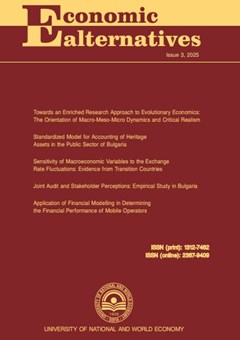Regional Disparities in Morocco and Convergence Question
Authors: Marwan Rouahi, Redouan Abdenour
Abstract
The purpose of this paper is to analyse regional disparities and the process of convergence between Moroccan regions through a spatial econometric perspective. The contribution of this paper lies in its pioneering approach to understanding and dissecting the multifaceted dimensions of regional inequalities and disparities, and the convergence processes that shape the global intellectual landscape. What sets this research apart is its ability to seamlessly blend traditional quantitative analyses with cutting-edge spatial methodologies, providing a comprehensive and nuanced understanding of the complex interplay between various factors influencing regional equalities. One of the distinctive long-term values added by this paper is its meticulous examination of not just the existence of disparities but also the underlying mechanisms that perpetuate them. By offering a granular perspective on the structural, socio-economic and other factors influencing disparities reduction and region development, our findings transcend mere observation, paving the way for targeted interventions to address systemic issues for political deciders. Moreover, the value added of this research for the literature stands as a testament to the power or possibilities of convergence in a developing economy from a point of view of regional development. The proposed models are the absolute convergence model on one hand, who was estimated first, which showed that the less rich regions did not grow faster than the richer regions, so there was no process of absolute convergence. On the other hand, through the conditional convergence model, the results of the estimation, confirm a process of conditional ?-convergence between the Moroccan regions for the period 2014-2020.

